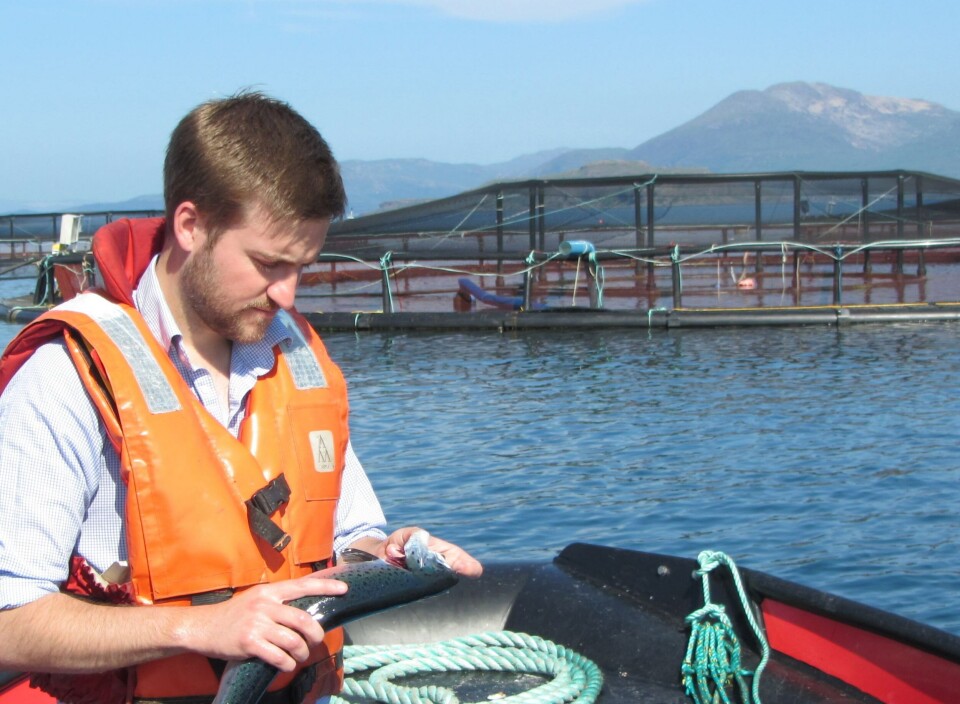
The pros and cons of net cleaning
Net cleaning in certain circumstances can create conditions “not dissimilar to a harmful zooplankton bloom”, according to a leading fish vet.
Chris Matthews, Operations Director at the Fish Vet Group, says that recent trials in Ireland suggest that net cleaning can have harmful effects on gill health – especially if not done sufficiently regularly.
As he explains to Fish Farming Expert: “Over the past few years, gill disorders have emerged as one of the most economically significant disease groups in salmon aquaculture globally. Most farmers recognise the importance of net hygiene to gill health, though the complexity of the relationship deserves more research. Fouled nets will compromise fish welfare by reducing oxygen levels and limiting waste removal, and may be a reservoir for gill disease agents such as Neoparamoeba perurans, the causative agent of amoebic gill disease. Our experience shows that heavily fouled pens with low water exchange experience more severe AGD.”
Despite this, however, he points out that cleaning of heavily fouled nets also has its dangers.
“Many of the fouling organisms, such as hydroids and anemones, are themselves capable of causing gill damage when present in the waste generated during in situ cleaning. These organisms are cnidarians – related to jellyfish and hydrozoans – and contain stinging cells capable of causing gill irritation. Challenge trial work carried out by colleagues in Ireland has shown that shredded fragments of the common fouling organism Ectopleura larynx, such as might occur during high-pressure net cleaning, causes acute gill pathology. Where cleaning farms with heavy fouling, we may be creating conditions not dissimilar to a harmful zooplankton bloom,” he warns.
As a result, he points to the need for regular cleaning of nets and warns that not all sites are suited to in situ high pressure net cleaning.
“In terms of mitigation, farms need to focus on keeping nets as clean as possible. By keeping cleaning intervals short, such as every two weeks, hydroids are unable to complete their life cycle and establish on the nets. Careful consideration of tidal flows when performing in situ cleaning will help prevent fish being exposed to shredded fouling organism material. At some low-motion sites with poor water exchange, in situ cleaning may not be appropriate and nets better removed to land-based facilities for cleaning. Regular monitoring of gill health is vitally important and best done by a combination of visual inspection and histopathology,” he explains.























































